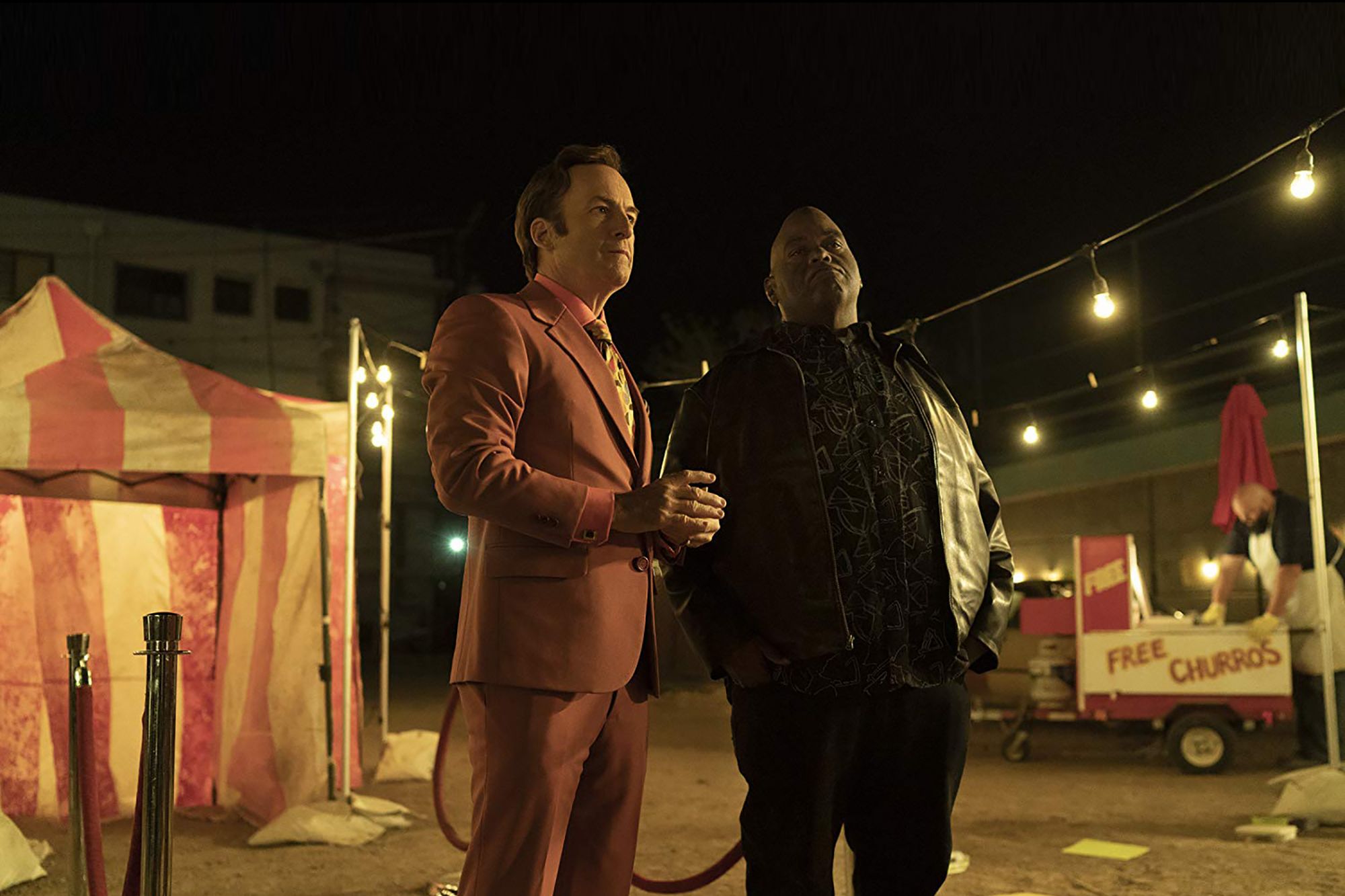The Human Touch: What It Takes To Maintain Meaningful Client Relationships In A World Driven By Artificial Intelligence We are relying too much on new technologies, and we have forgotten the foundations that are the key to creating meaningful and long-lasting work.
Opinions expressed by Entrepreneur contributors are their own.
You're reading Entrepreneur Middle East, an international franchise of Entrepreneur Media.

Not a day seems to go by now without artificial intelligence (AI) making the news. The hype that it will help automatize and speed up tedious tasks is an incredibly tantalizing prospect. It's already helping deal with simple daily issues, for example, providing a representative available to respond 24/7. Why not think of a client services bot taking a brief from a chatbot? At least the meeting notes will be recorded!
Everything has been accelerated by the COVID-19 pandemic, creating a new rhythm in the brand-agency space. The new technologies developed have increased connectivity. We've established systematic approaches to taking a brief, putting it into automated systems, and then delivering a final project. It's reassuring to remove the uncertainty, and we know exactly what the result is going to look like.
Except in our industry, the personal interaction between the client services and the brand team is the cornerstone of the relationship between brands and agencies. Regardless of the size of the company or the area they work in (local, regional or global), the human element, face-to-face interaction, is still the foundation of any partnership. We are relying too much on new technologies, and we have forgotten the foundations that are the key to creating meaningful and long-lasting work.
Think globally, think culturally
I work with brands based in countries where the local culture and doing business are ingrained in each company's identity. Even if the corporate world seems to be similar, the specificity of each region is what makes them unique, and therefore different to their competitors.
Recently, I started working with a financial institution in the MENA region. By immersing ourselves in the company and the country's culture, we discovered particular specificities that we could reflect in the work. For example, religious and cultural rituals connect everyone in that country, past and present. We could apply this to the work, referencing specific insights to emotionally reach the targeted audience. Now, we could have potentially gotten information about these cultural insights from a bot, but to emotionally understand and know how to represent you need to sit down with the staff, hear their stories, and visit the places you're speaking about to understand how to create resonant pieces of work.
Related: Meet The Newest (And Probably The Smartest) Member Of Your Startup: Artificial Intelligence
Of course, during a business day, I have to adapt to the way we interact, regardless of being virtual or in person. Sometimes I need to change the way we run projects, the way we communicate (email, teams, on the phone), and present work in different ways, depending on the client. Understanding the reactions of your clients can help, but this can only really be achieved by knowing the brand team on a human level. And being one step removed from that puts up massive barriers.
AI can't yet access or comprehend the subtlety of the tone, facial expression, or differences in global cultures. It presents a one-size-fits-all approach, which, sure, may help in the short term, but isn't useful in building lasting relationships. There is no specific formula or framework, but a few actions can help us immerse ourselves in the company, and understand the individuals and their culture.
Building the human experience with clients
Spending time with the clients -going to their coffee shops, taking public transportation, attending sports games- gives an insight into the day-to-day life of the people the clients are selling to. And it has been proven successful for our brands. We have launched ideas that are market-shapers in their specific regions. For example, Liv, Wio, WeYay, and, most recently, Banque Saudi Fransi in the MENA. The companies appreciate our expertise and technique, but we also take the time to get to know them.
With the fast pace of AI development, it is easy to see the short-term benefit of automation. It can help the team create faster visualization for a presentation, generate multiple options for a tagline, or even be as simple as reminding me when it's my client's birthday. It provides us with useful tools and insights, but it is the human element that truly brings those tools to life. We can understand, empathize, and connect with clients on a personal level that sets us apart. And that's how our best work gets done.
It is important to remember that technology is a facilitator, not a replacement. It is the human mind and heart that add the essential ingredients of creativity, intuition, and passion to the equation. As long as there are visions to create, products and services to sell, ideas need to be nurtured, and relationships need to be built, the human touch will always be needed. By embracing this synergy between technology and humanity, we can deliver meaningful client experiences that create lasting value.













